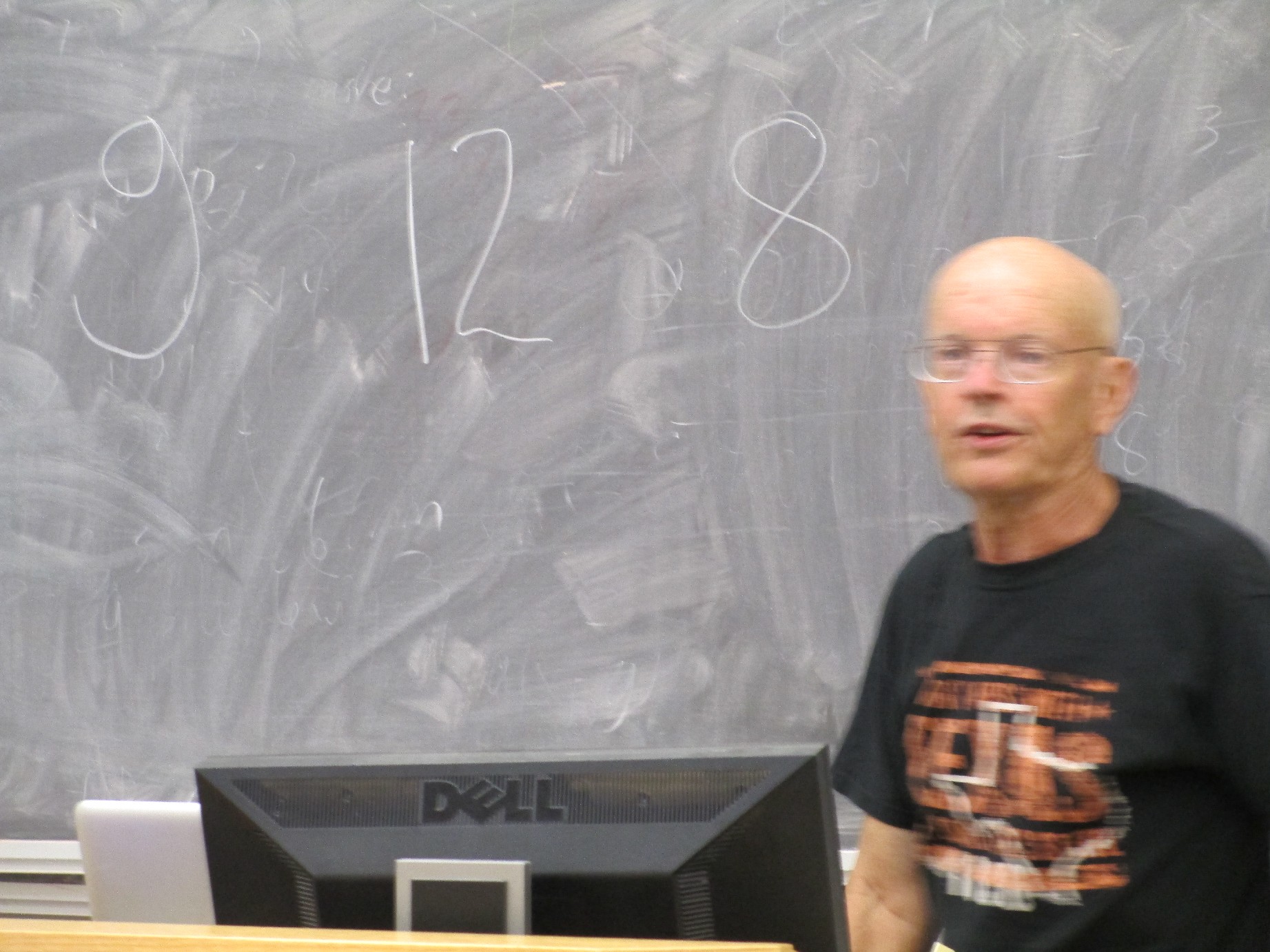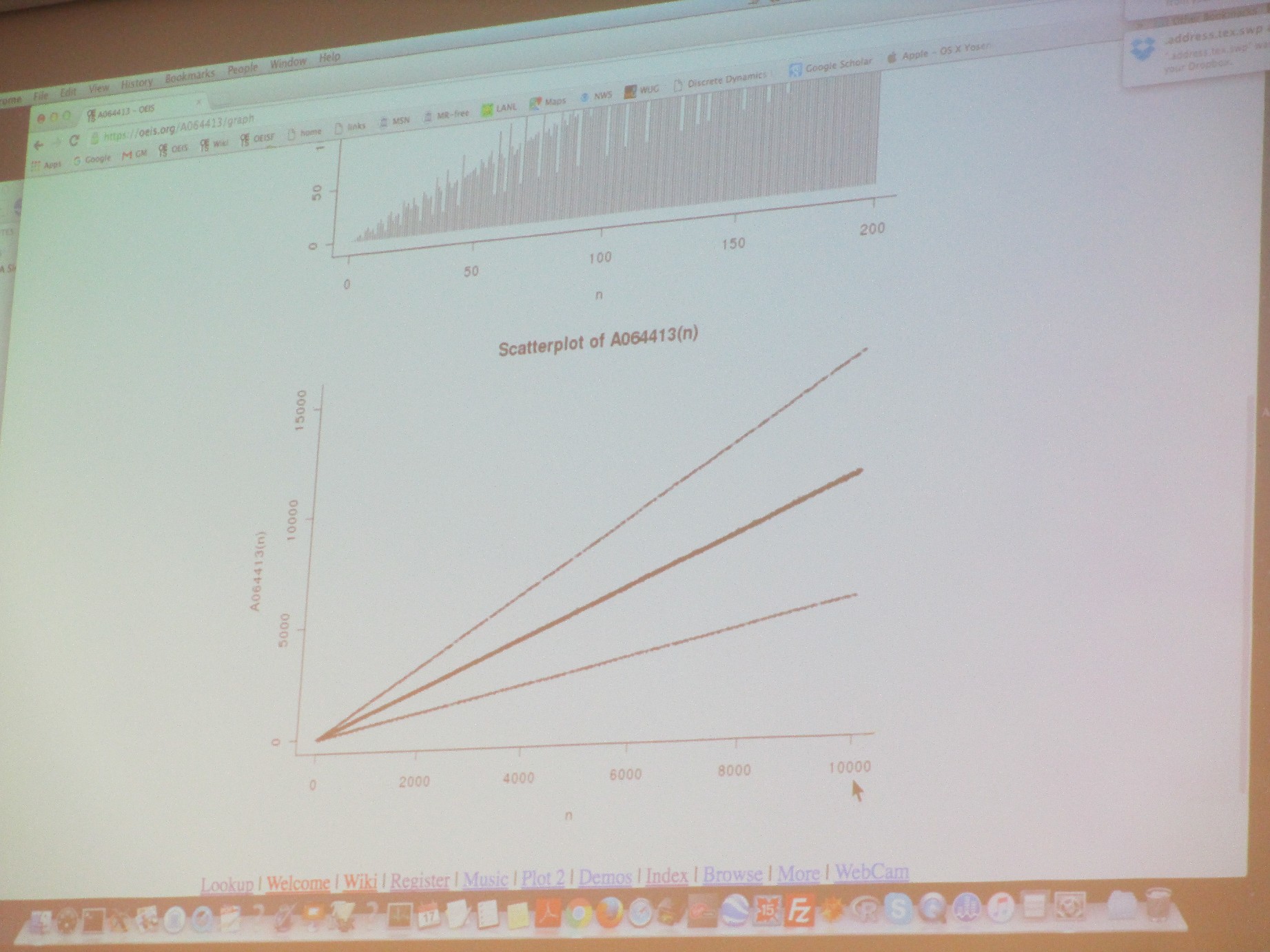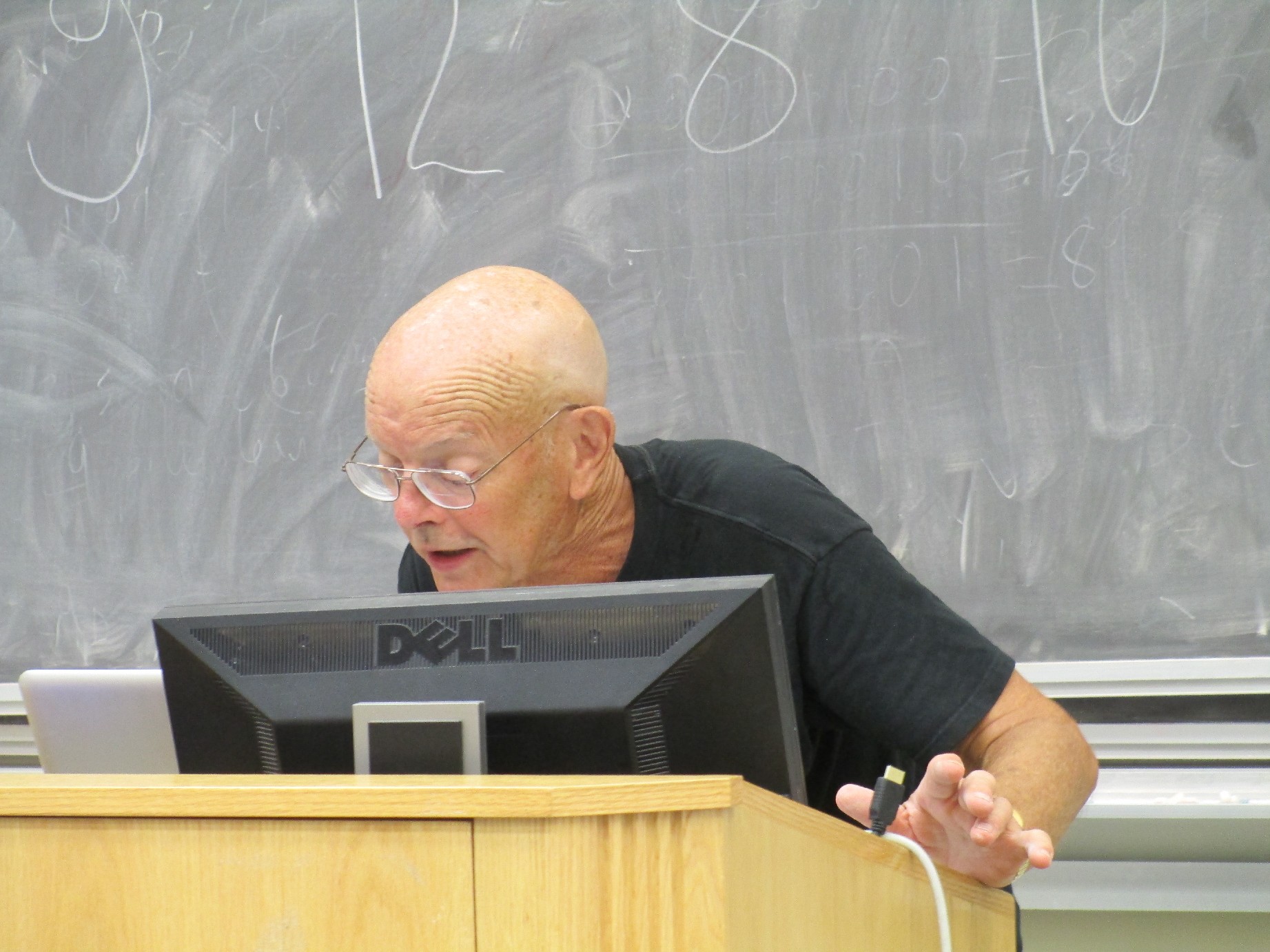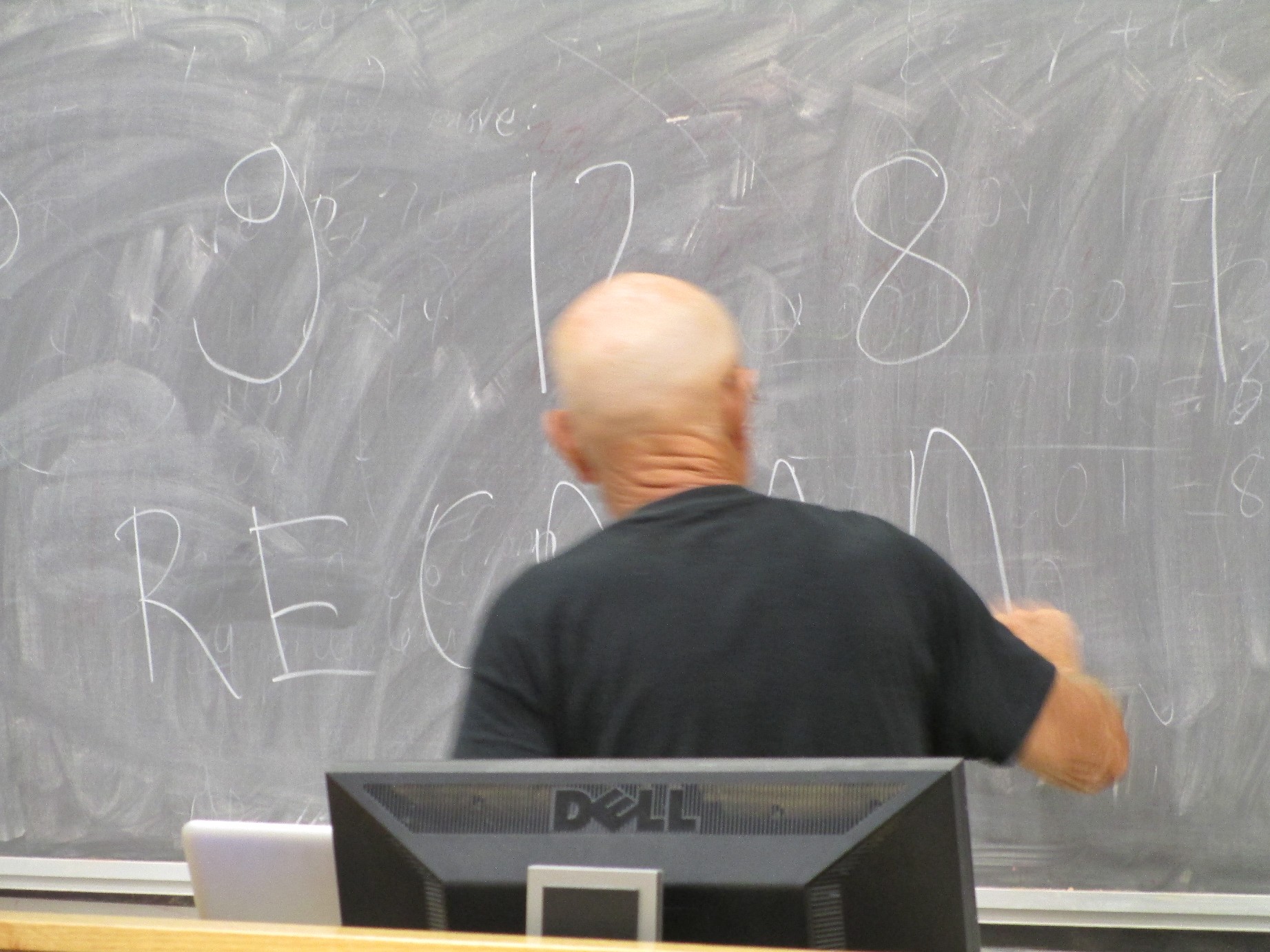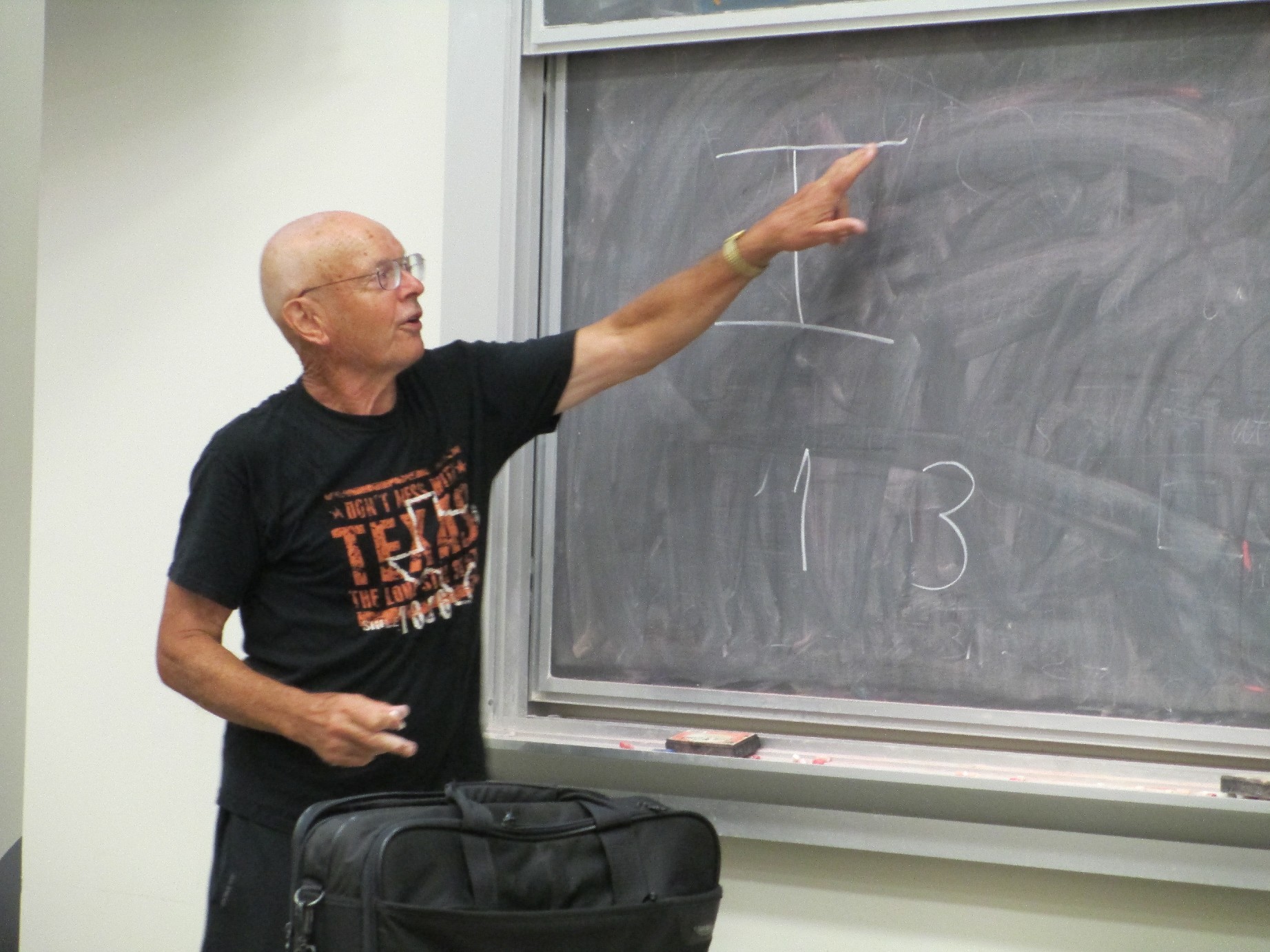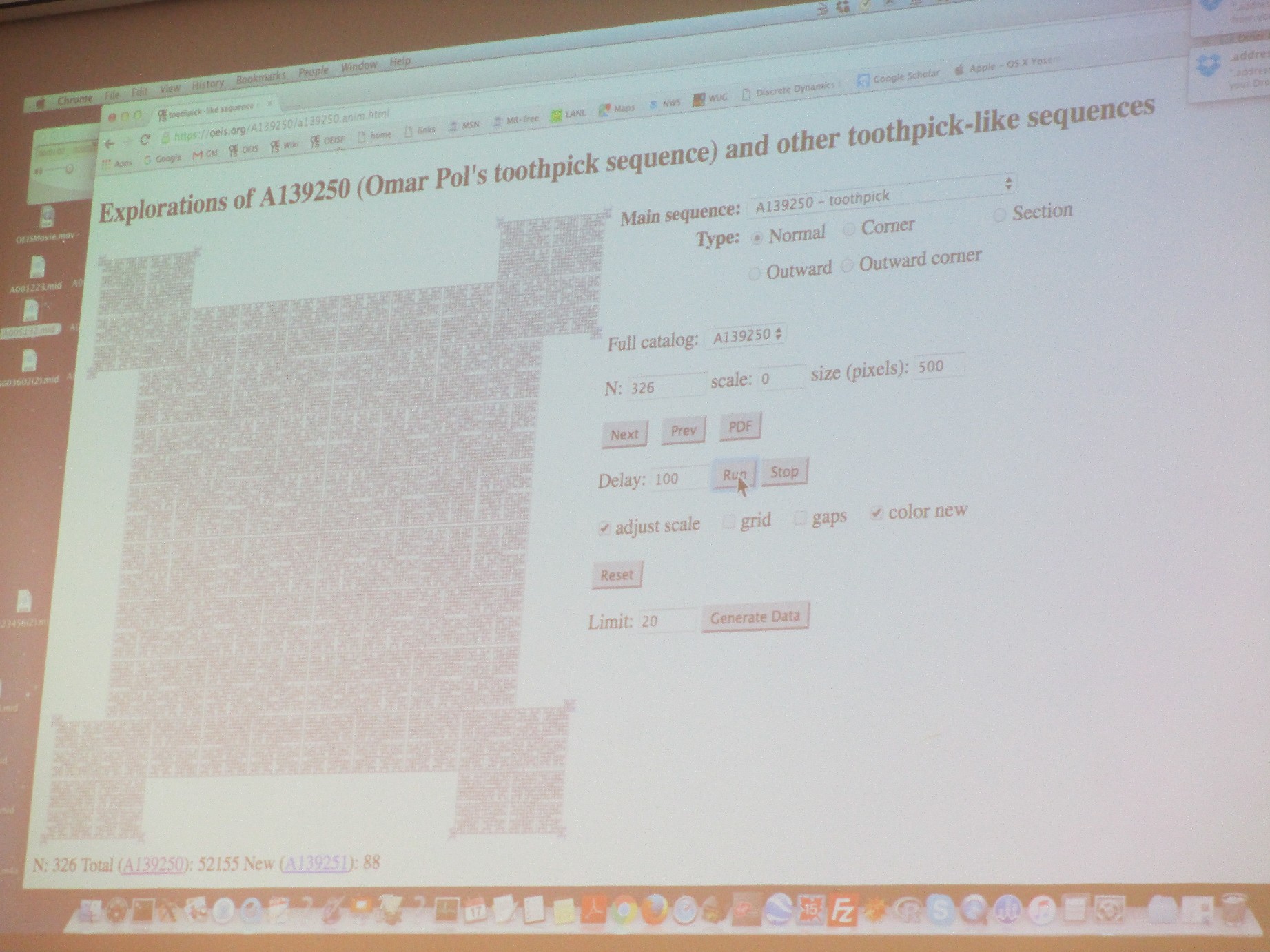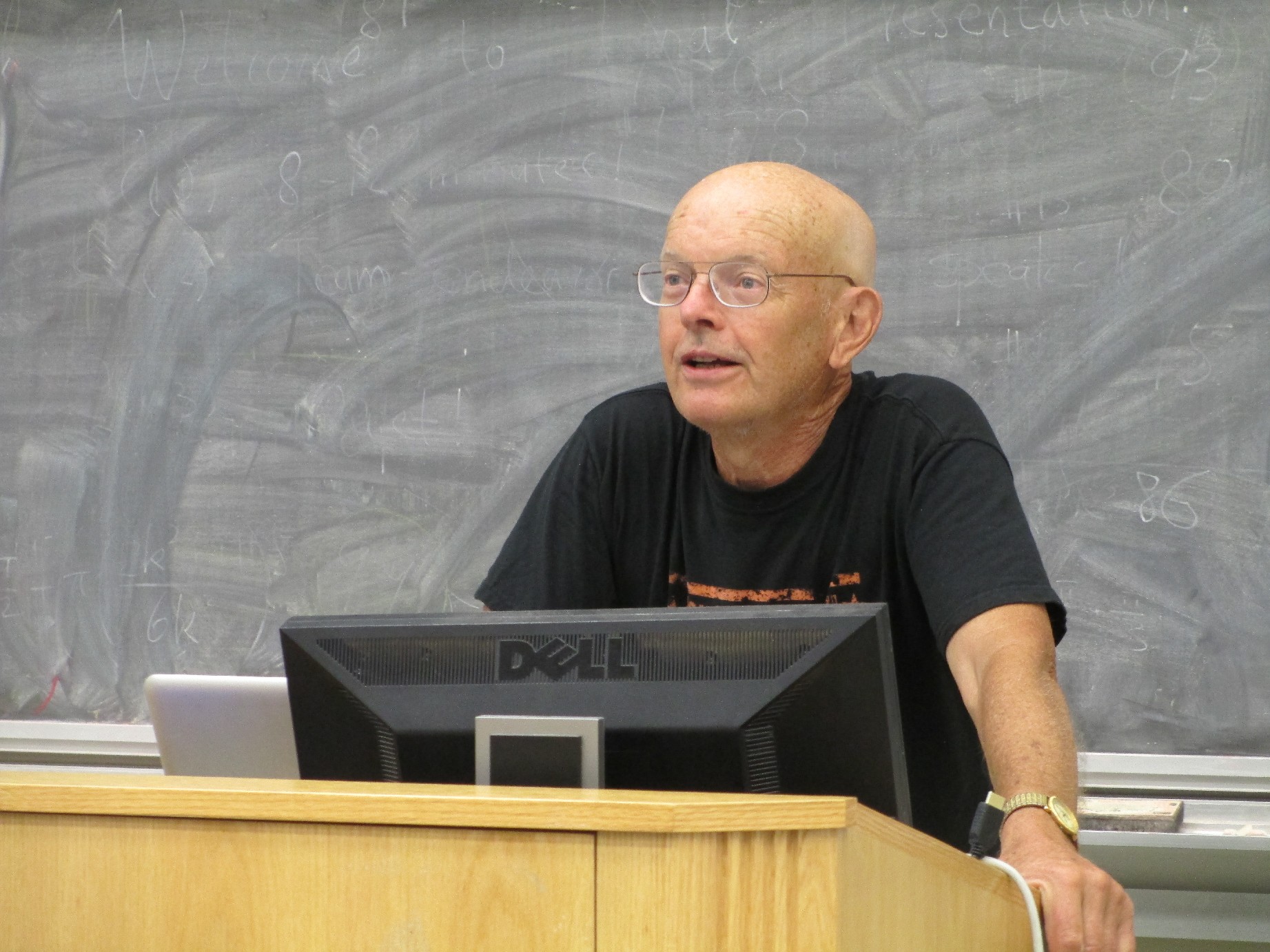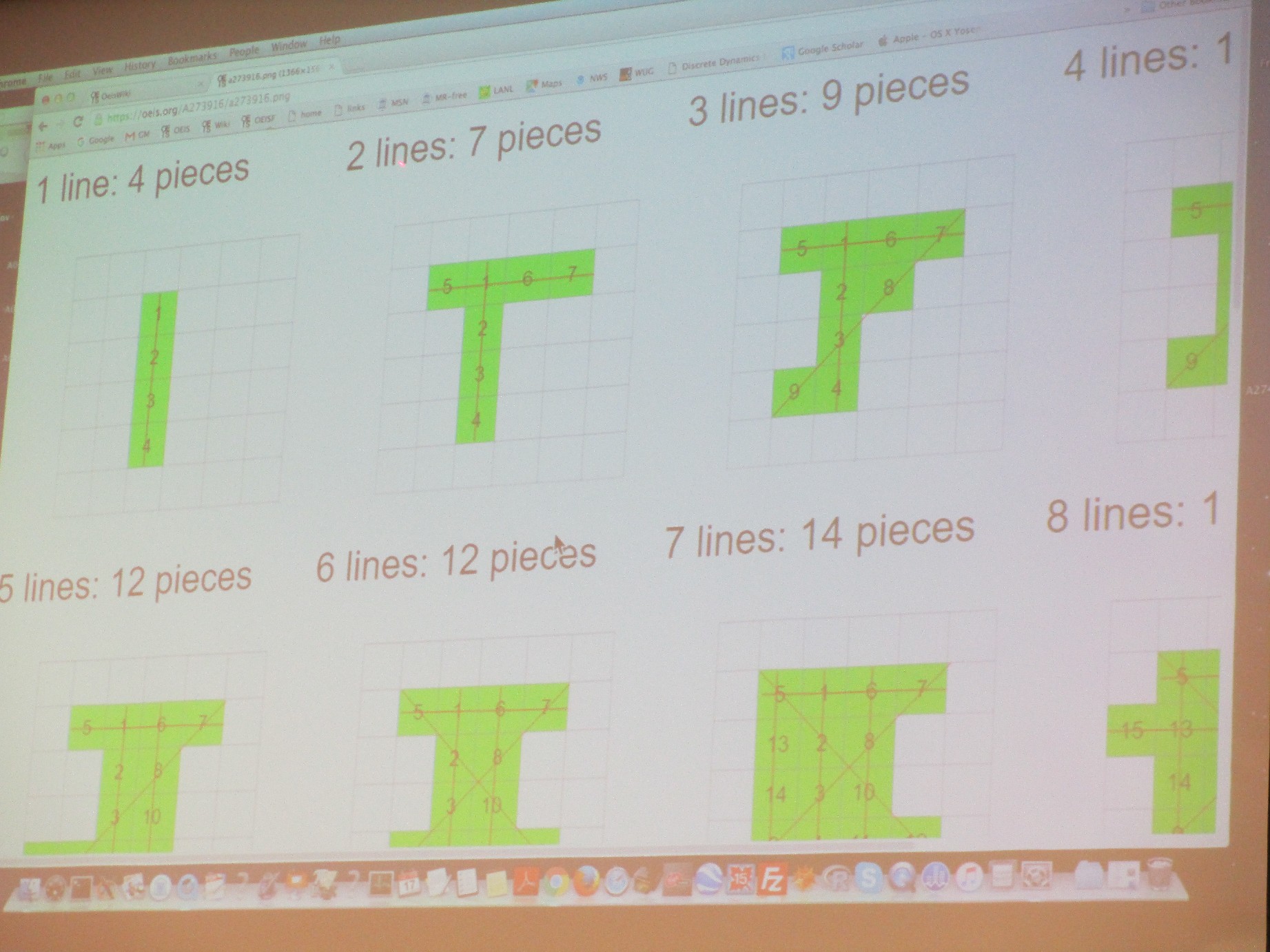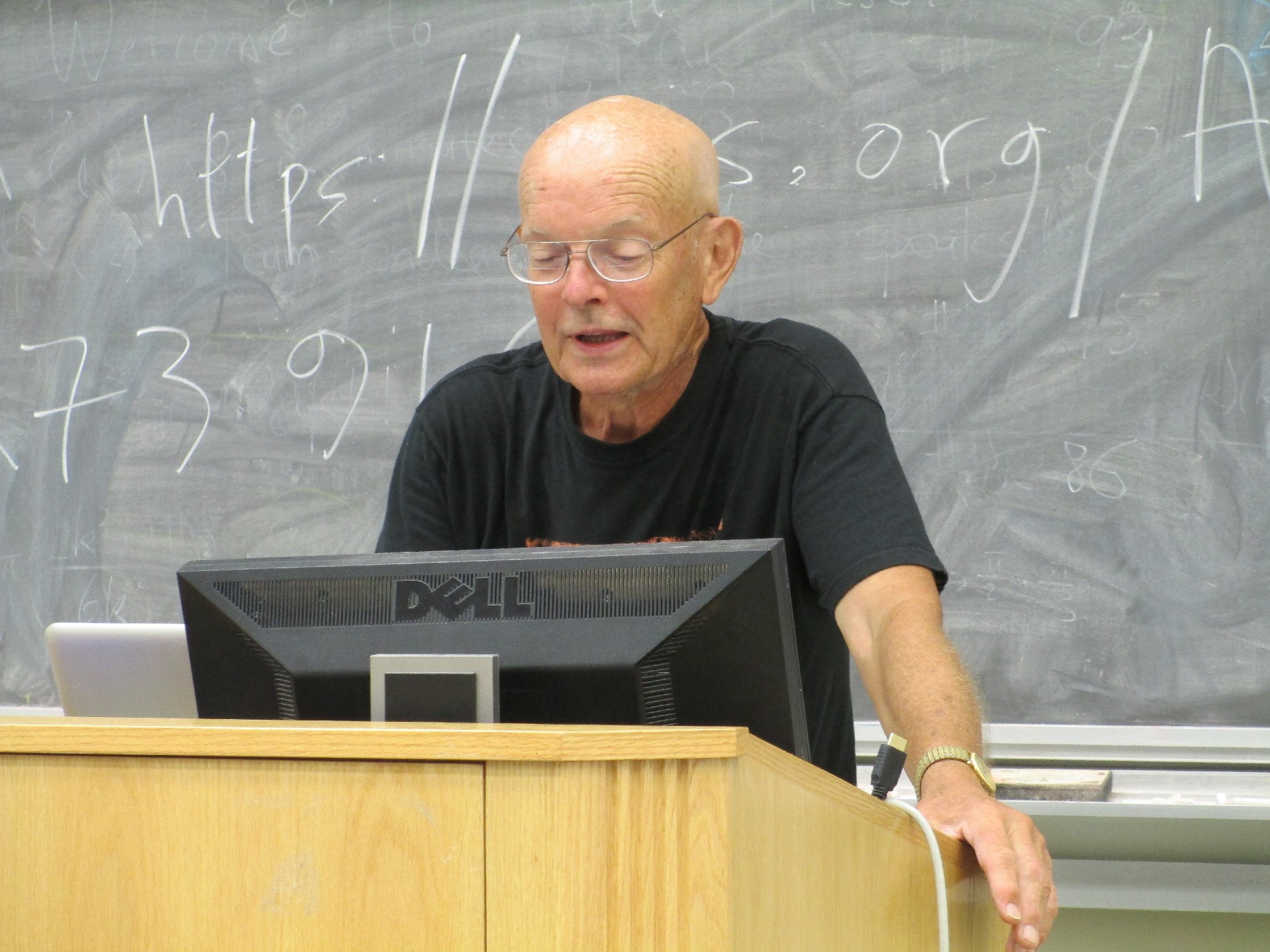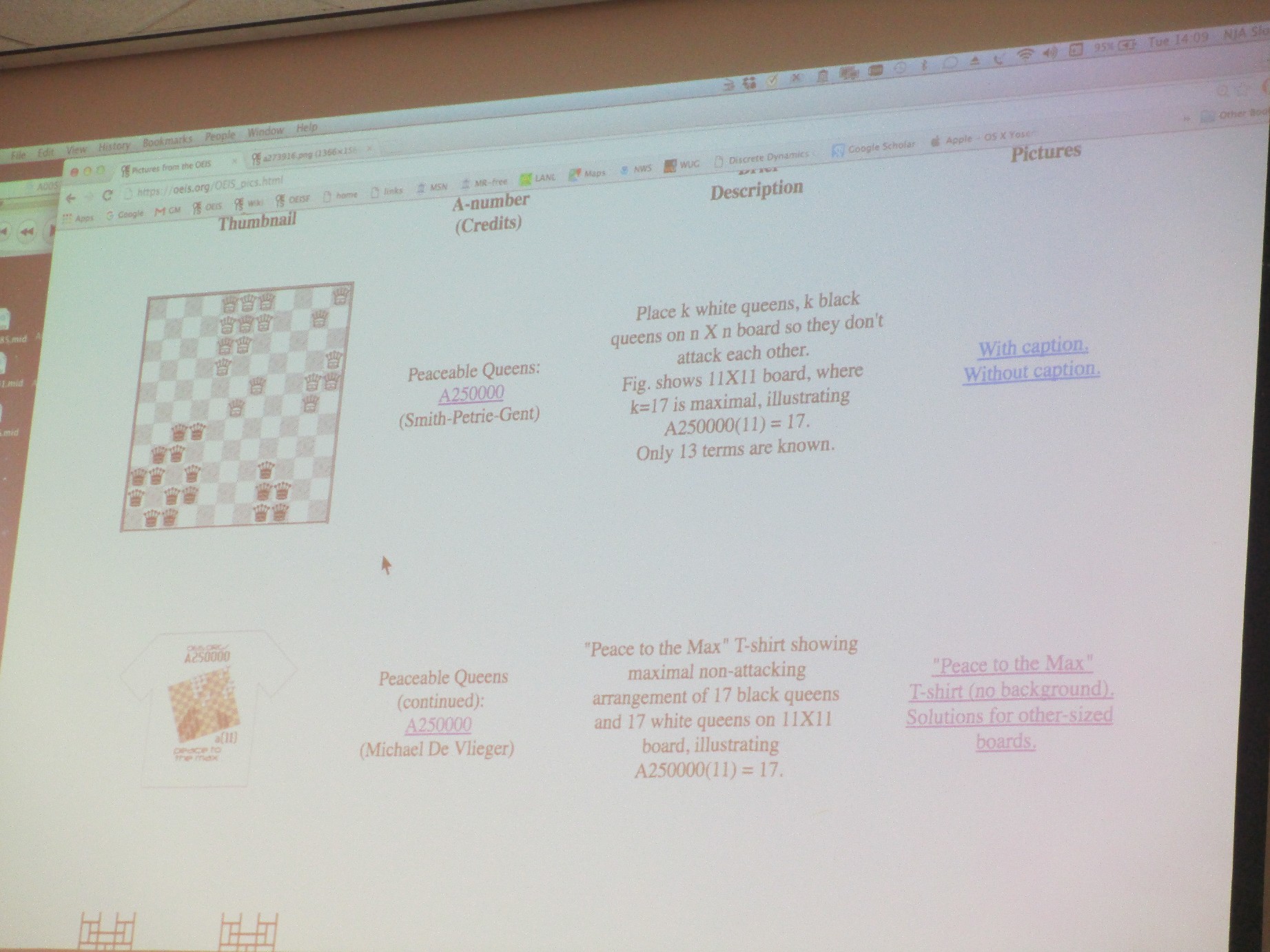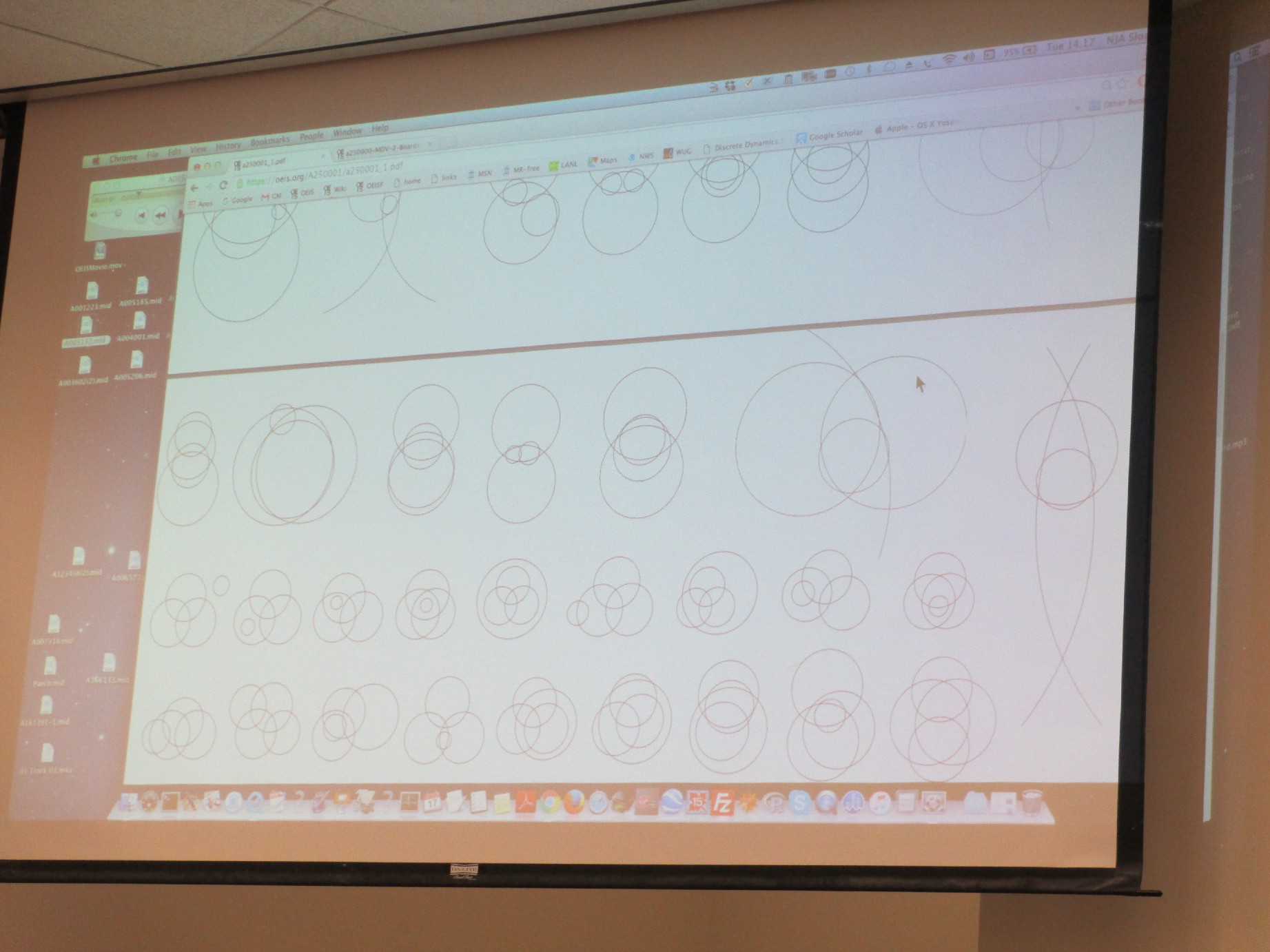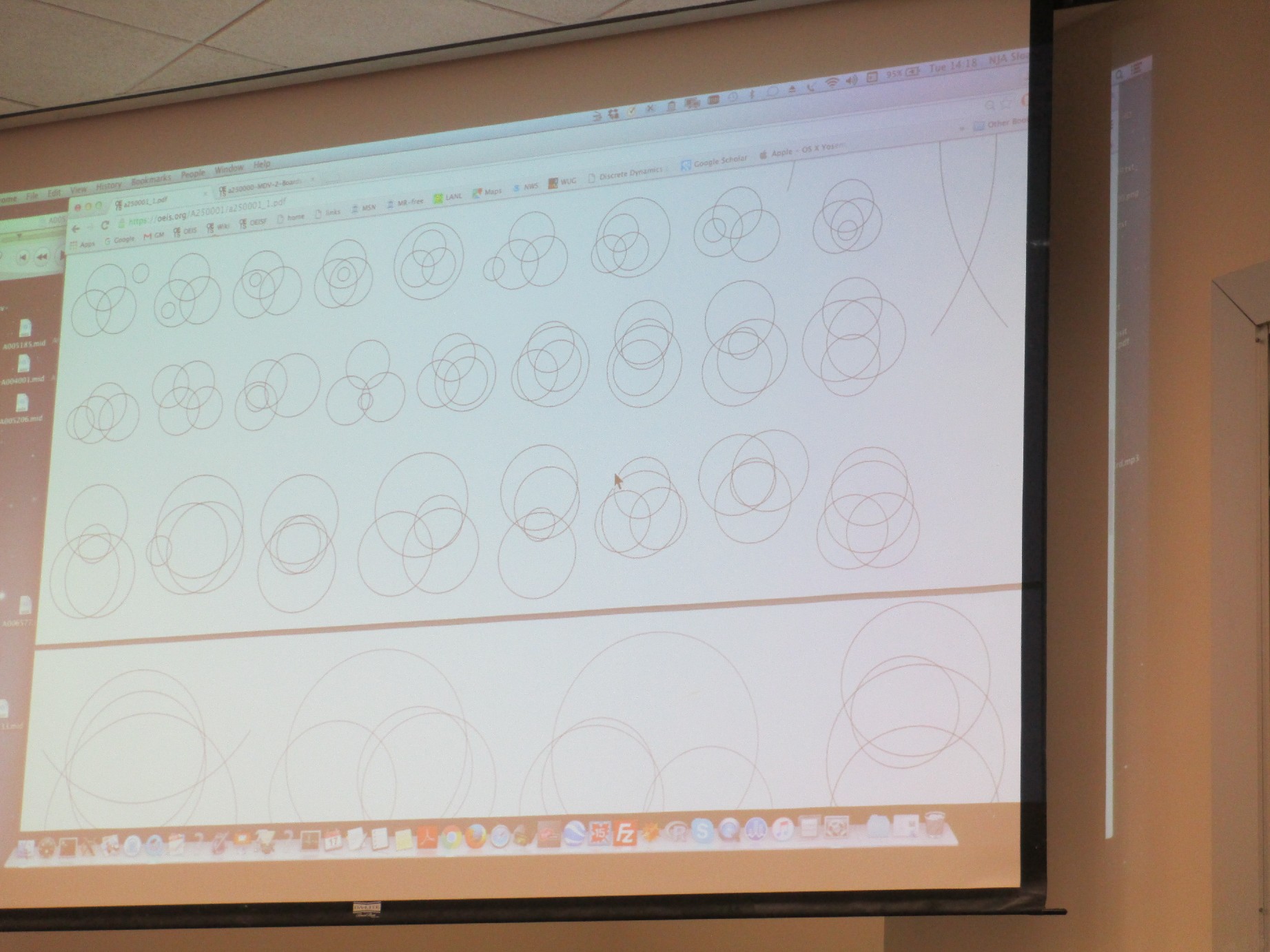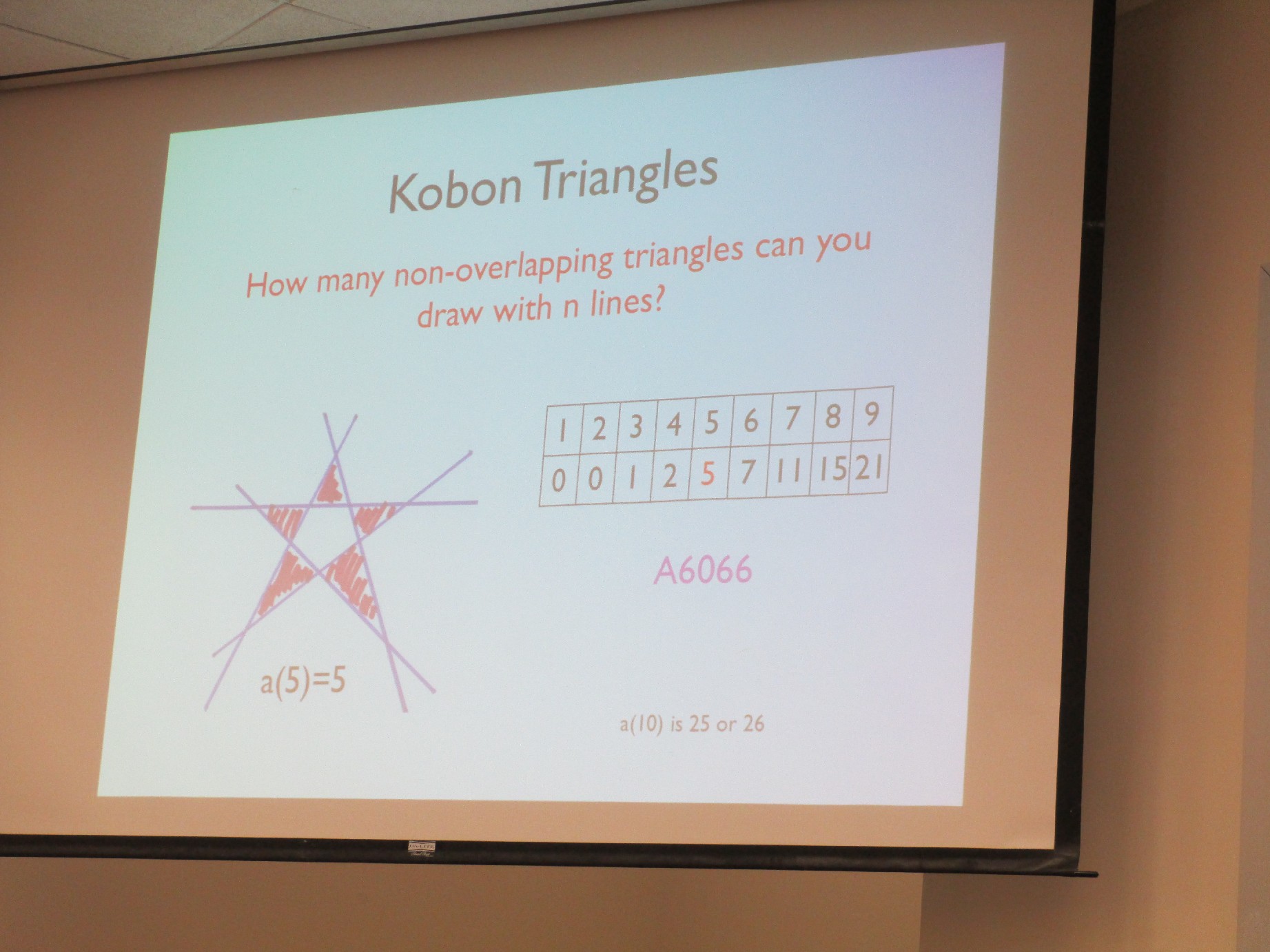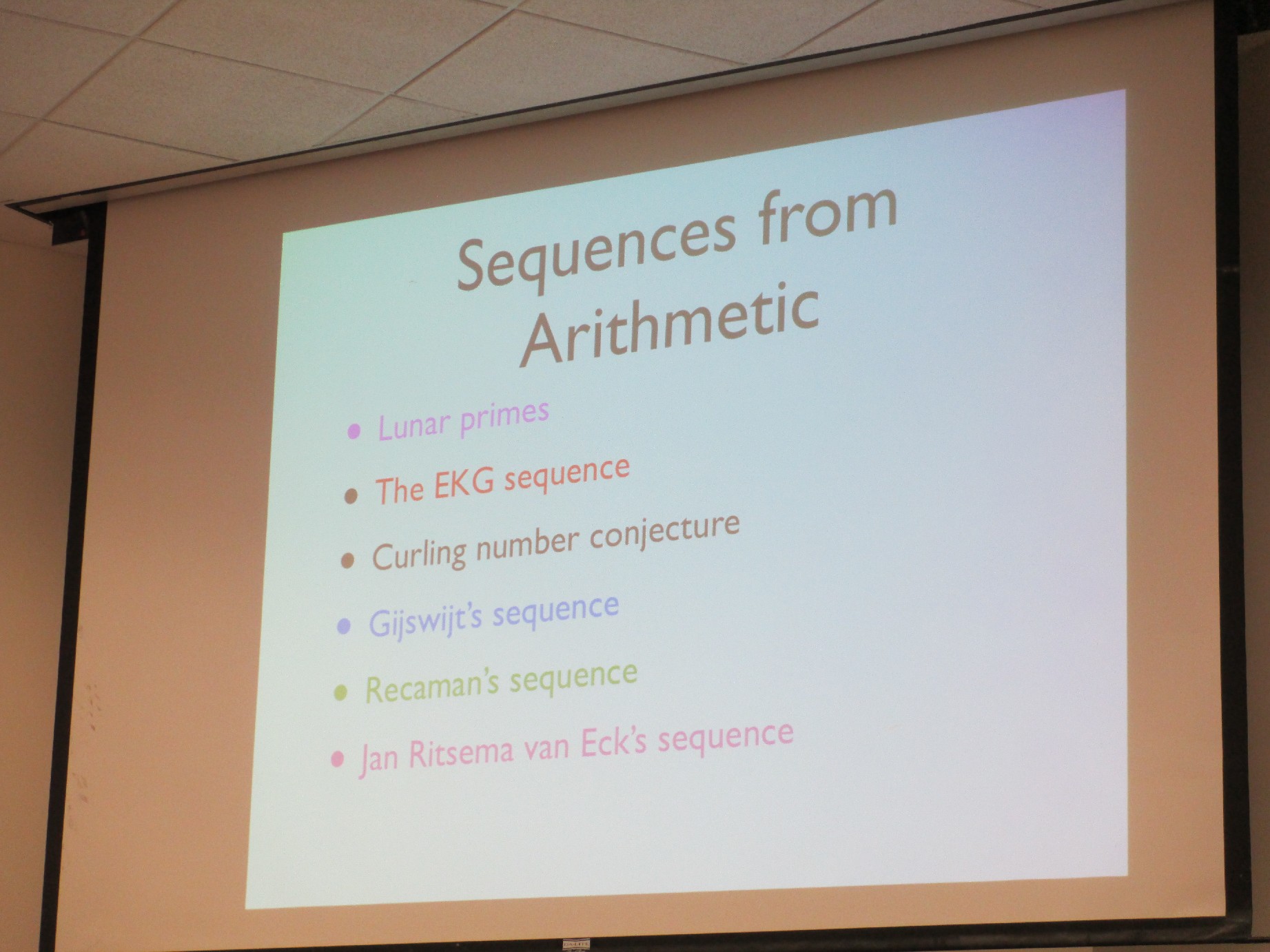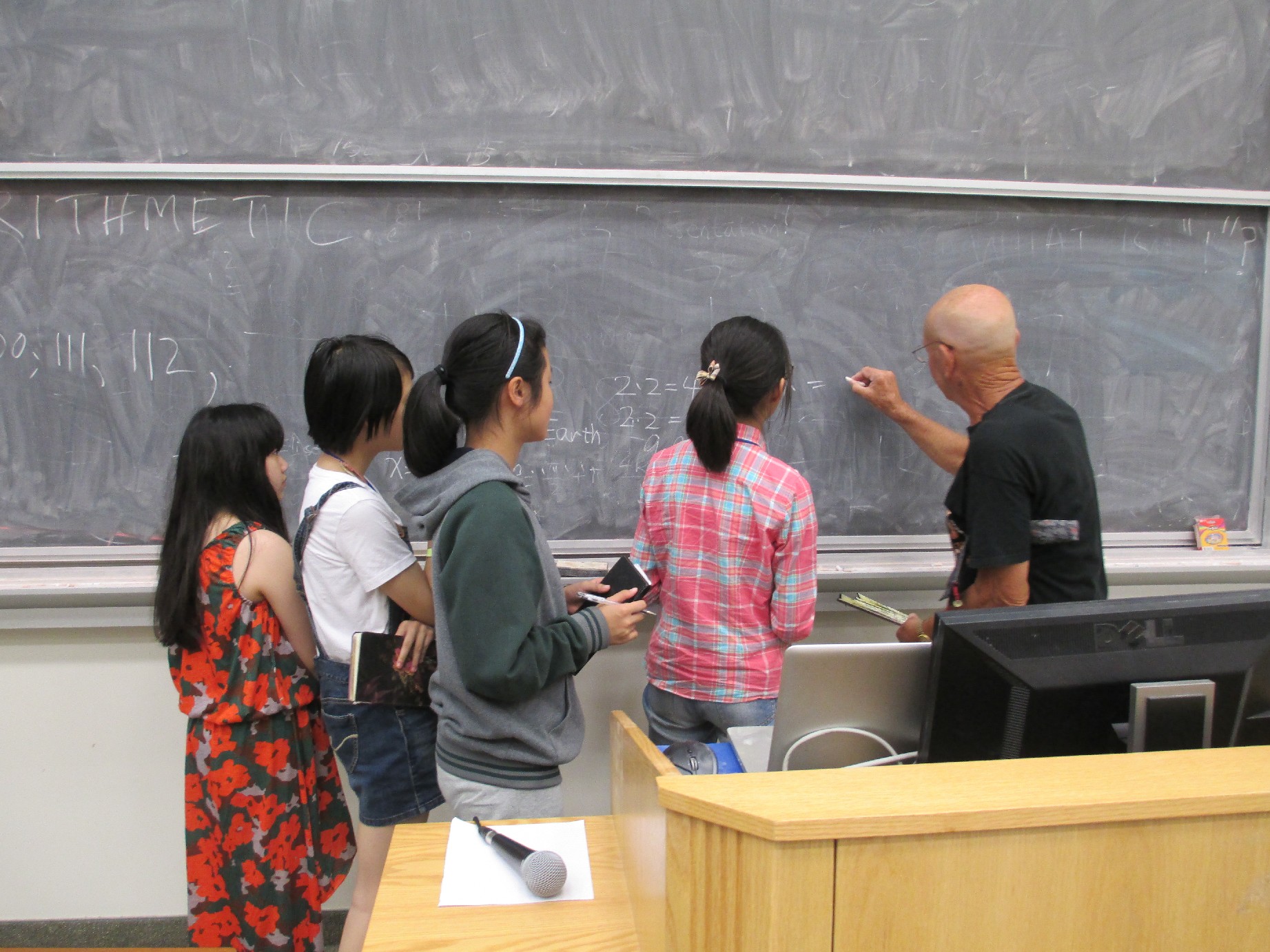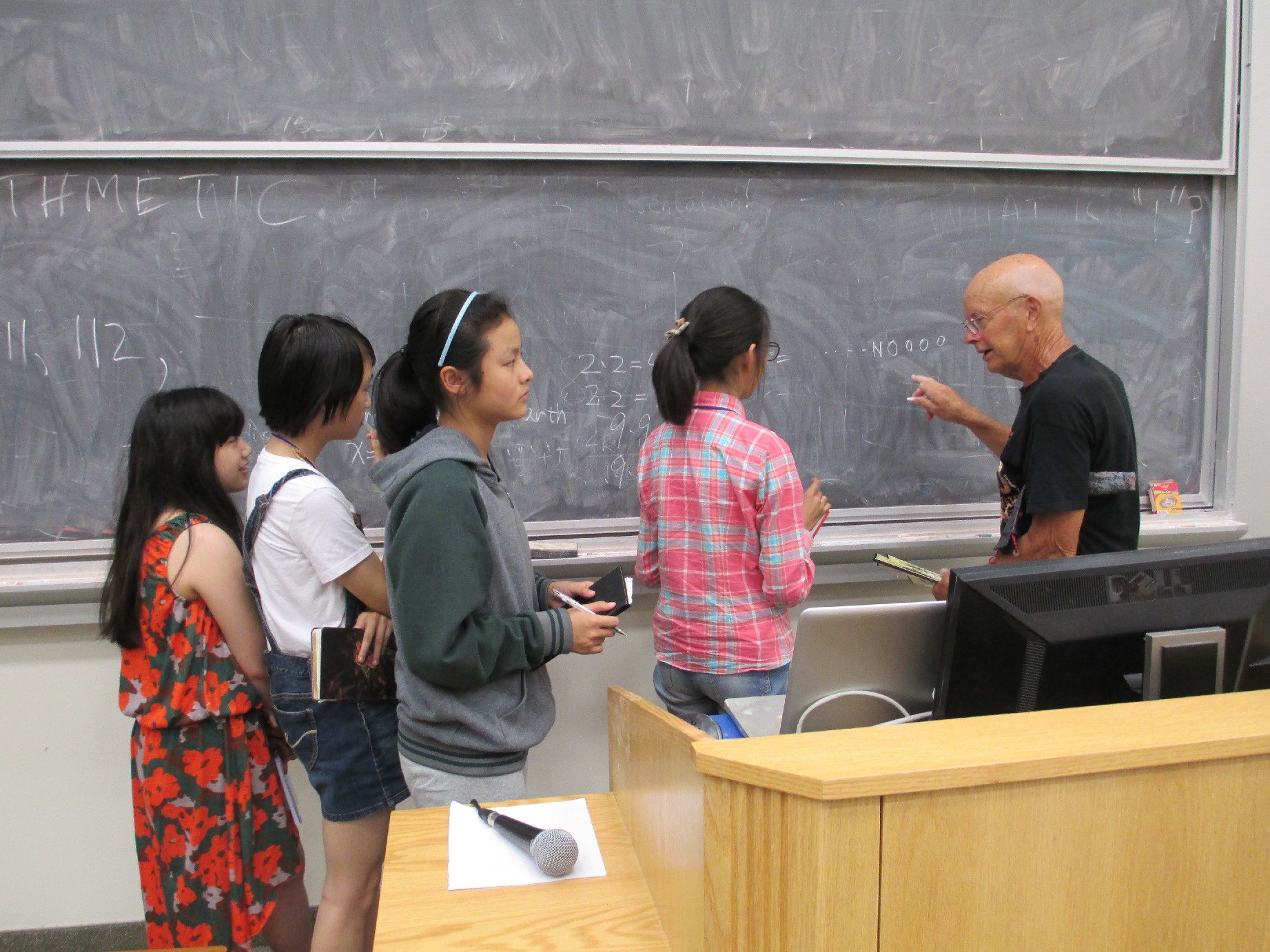Professor Neil James Alexander Sloane (born October 10, 1939) is a British-U.S. mathematician. His major contributions are in the fields of combinatorics, error-correcting codes, and sphere packing.
Sloane is best known for being the creator and maintainer of the On-Line Encyclopedia of Integer Sequences (OEIS).
He studied at Cornell University,
New York state, under Nick DeClaris, Frank Rosenblatt, Frederick Jelinek and Wolfgang Heinrich Johannes Fuchs,
receiving his Ph.D. in 1967. His doctoral dissertation was titled Lengths of Cycle Times in Random Neural Networks.
Sloane joined AT&T Bell Labs in 1968 and retired from
AT&T Labs in 2012.
He became an AT&T Fellow in 1998.
He is also a Fellow of the Learned Society of Wales, an IEEE Fellow ,
a Fellow of the American Mathematical Society ,
and a member of the National Academy of Engineering .
He is a winner of a Lester R. Ford Award in 1978 and the
Chauvenet Prize in 1979.
In 2005 Sloane received the IEEE Richard W. Hamming Medal .
In 2008 he received the Mathematical Association of America David P. Robbins Prize.
Besides mathematics, he loves rock climbing and has authored two rock-climbing guides to New Jersey.
Professor Neil Sloane's homepage
On-Line Encyclopedia of Integer Sequences (OEIS):
The On-Line Encyclopedia of Integer Sequences (OEIS), also cited simply as Sloane's, is an online database of integer sequences. It was created and maintained by Neil Sloane while a researcher at AT&T Labs. Foreseeing his retirement from AT&T Labs in 2012 and the need for an independent foundation, Sloane agreed to transfer the intellectual property and hosting of the OEIS to the OEIS Foundation in October 2009. Sloane continues to be involved in the OEIS in his role as President of the OEIS Foundation.
OEIS records information on integer sequences of interest to both professional mathematicians and amateurs, and is widely cited. As of 22 August 2015 it contains over 260,000 sequences, making it the largest database of its kind.
Each entry contains the leading terms of the sequence, keywords, mathematical motivations, literature links, and more, including the option to generate a graph or play a musical representation of the sequence. The database is searchable by keyword and by subsequence.
2016年美国“数学大联盟杯赛”决赛和夏令营部分教授简介 - Professor Neil Sloane



